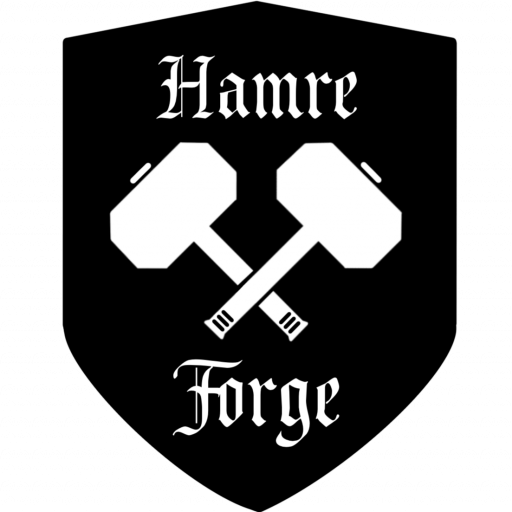In January of 2023 the only thing I knew about additive manufacturing was 3d printing. And the only thing I knew about 3d printing was that you heated up plastic and squirted it out a layer at a time to make a thing. In March we started making and selling some 3d printed items, including grips.
It quickly got more and more technically challenging, which is good! We learned a lot about additive design and manufacturing in a short amount of time. We had so many dreams about our products, and it quickly became clear that we needed to upgrade our manufacturing process to meet our engineering demands.
Things have been revving up, to the point that the things I was wanting to make seemed like they would HAVE to be injection molded. But injection molds were expensive, and I didn’t want to have to rely on a third party. In about June or July of 2023, I discovered Selective Laser Sintering.
With Sintering, we’re able to make anything that comes to our minds, or yours. We can make it well. Make it consistently. And with materials that are pretty revolutionary and cutting edge.

Upper Left: Early Prototype Upper Right: Figuring out how to make the thing Middle: SLS Kimber Panel Bottom Left: First Generation J-Frame Panel Bottom Right: Current Generation J-Frame Panel before SLS
There are some advantages to this method of manufacturing over the way we’ve been making our grips to date.
The advantages of Sintering vs 3d printing:
- Sintered objects exhibit isotropic strength, as opposed to 3d printed objects which exhibit anisotropic strength. You can read more about these differences here
- Sintered objects are more dimensionally correct. Our 3d printed items had a little bit of warp to them, and we had to do a lot of work to get rid of or counter that warp. Some of this was engineered in, some of it we had to manually take care of prior to shipping. Which leads to the next point…
- Sintered objects are easier to process in batches than 3d printed items. Our 3d printed items required A LOT of manual labor. Hours a day is spent to processing and QC’ing items prior to shipping. A lot of this can be automated or removed with the sintering process.
Disadvantage of Sintering:
- Cost. Sintering is more expensive than 3d printing.
The good news is, we’re eating the costs, and keeping our prices to the customers the same. All the manual processes removed from 3d printing allow us to be more productive in other ways. It’s a win/win. Even though it’s more expensive, it makes sense to go this route.
Our 3 newest grip releases will all be Sintered. The NAA Mini in 22lr and 22mag, Kimber, and Charter Arms. There won’t be any 3d printed versions of these sold to the public. Over the next few weeks, all our other grips will migrate over to this new manufacturing process. There may be the occasion where someone wants the old version, and we might be able to work something out, but for the most part, everything is going to be sintered.
We can’t thank everyone enough for your support. It’s only through your support that we were able to do this upgrade, and that we’re still able to offer new items to market, and have a to do list longer than my arm.
It’s exciting to see what many of you come up with, and what you guys dream of having. We hope to be able to make some of those dreams a reality.
